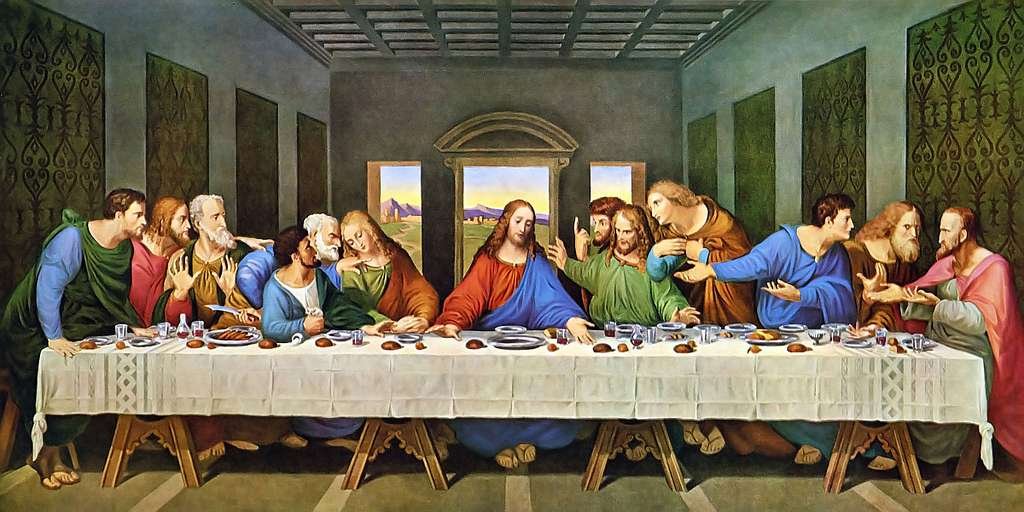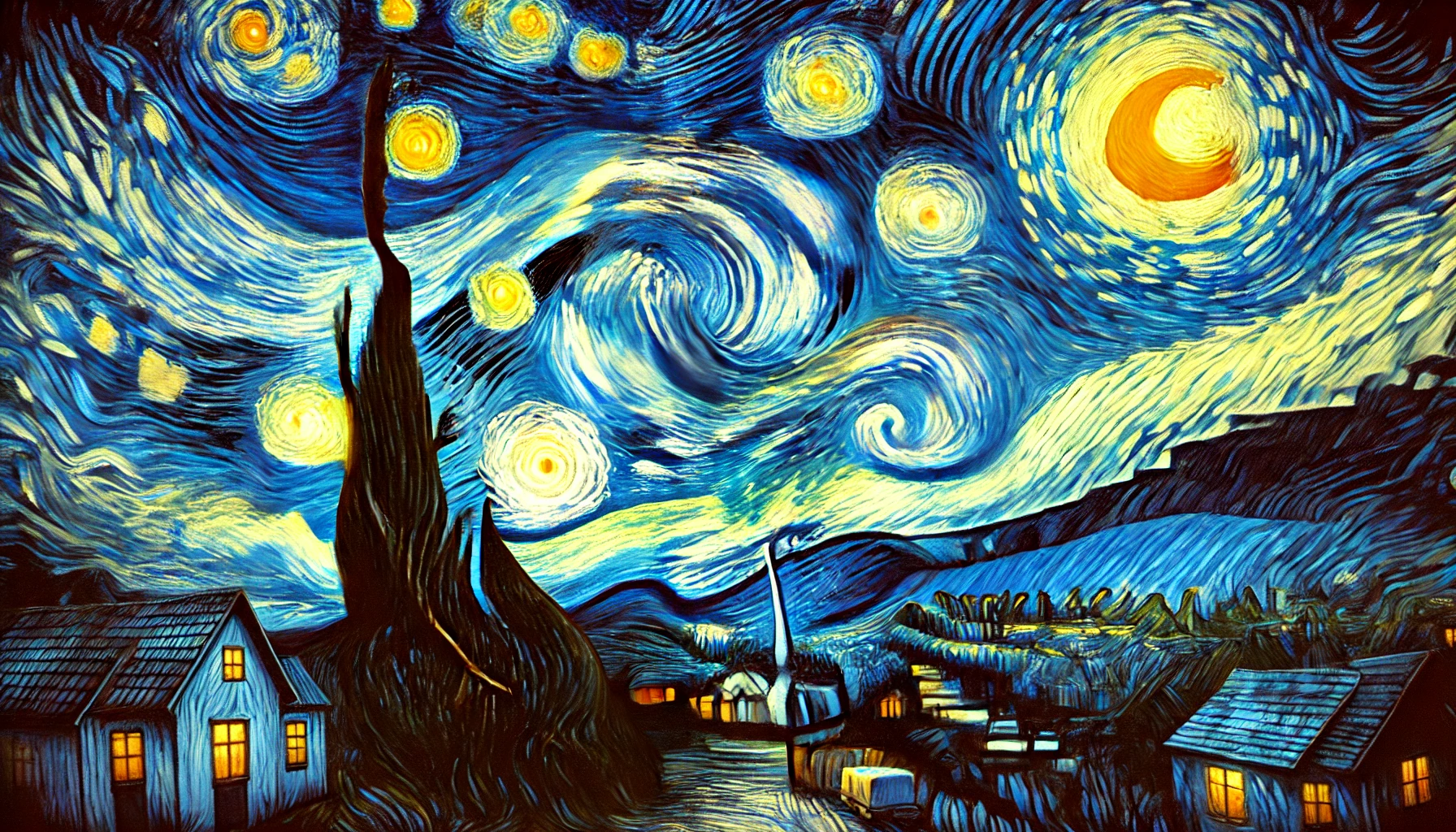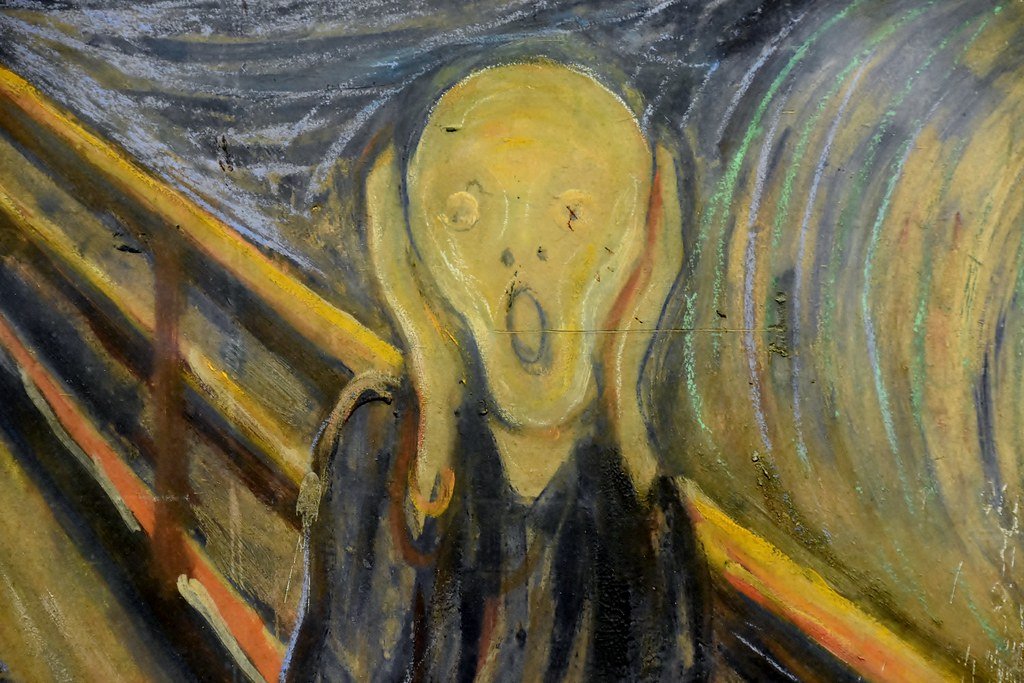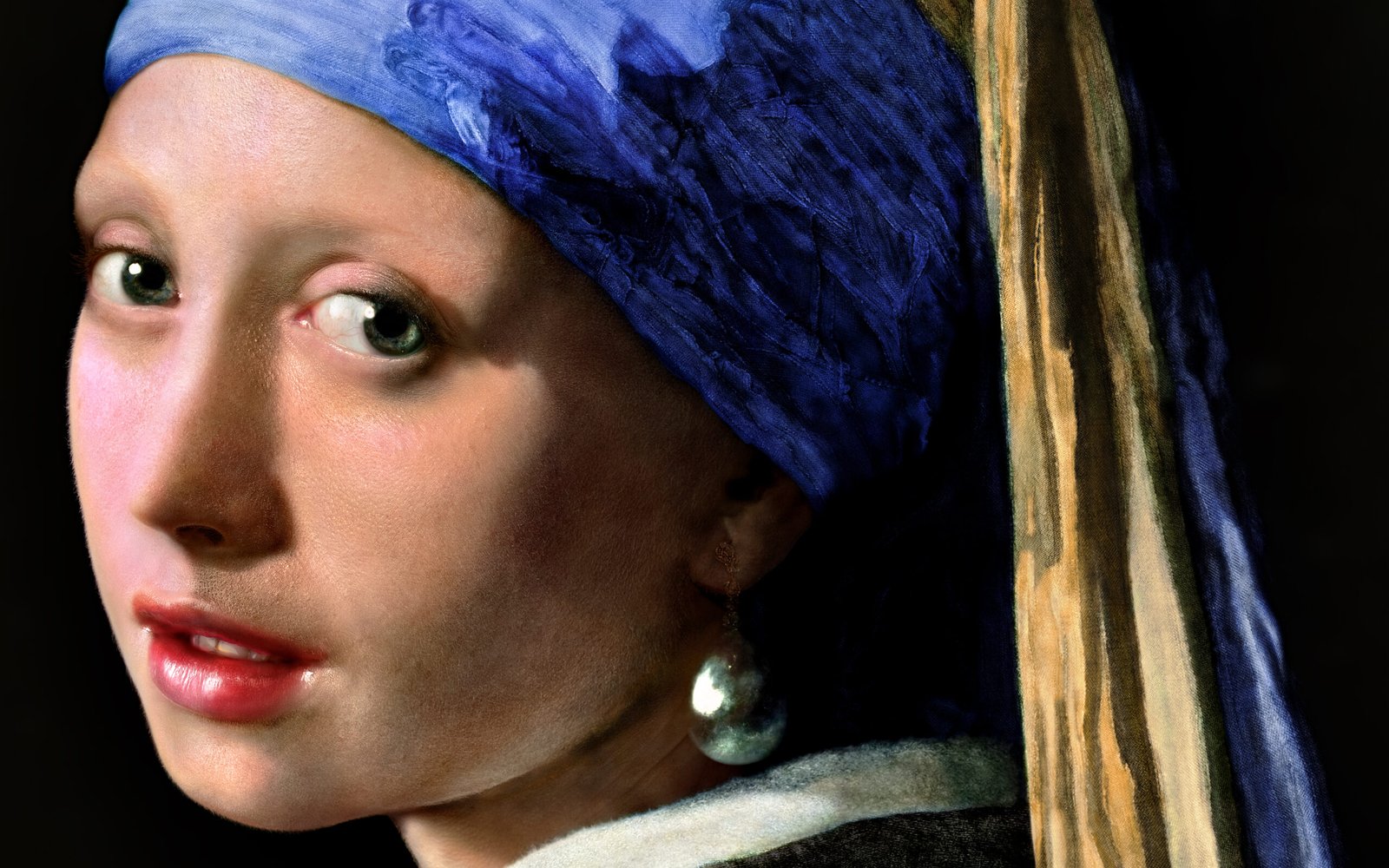The world’s most renowned artworks often carry stories dating back hundreds of years. But appreciating them solely for their aesthetic beauty isn’t enough; each painting reflects traces of the artist’s life or the political, cultural, and psychological atmosphere of the time. So, what are the mysteries behind these masterpieces? Here are the surprising and somewhat mysterious stories behind some of the world’s most famous paintings…
1. Da Vinci’s “The Last Supper” – Hidden Messages?

Leonardo da Vinci’s famous painting The Last Supper depicts the moment Jesus shares his final meal with the twelve apostles. However, some art historians and researchers have uncovered hidden messages within the painting upon closer examination. Popularized by Dan Brown’s novel The Da Vinci Code, this theory suggests that there are concealed symbols and religious references embedded in the artwork.
One of the most intriguing details is the figure sitting to Jesus’ right, which some believe may actually be a woman. Certain researchers propose that this figure is not one of the apostles, but rather Mary Magdalene. Why would Da Vinci hide this symbolism? Examining the painting from this perspective feels like unraveling a hidden mystery within the art itself. As visitors study the painting at the Santa Maria delle Grazie church in Milan, you can imagine them trying to piece together these clues.
2. Van Gogh’s “Starry Night” – A Reflection of an Emotional Storm

Vincent Van Gogh’s “Starry Night” is an iconic painting that everyone recognizes today. However, the deep psychological process behind this masterpiece gives the painting’s bright stars a much deeper meaning. Van Gogh painted this while receiving treatment at a mental hospital in Saint-Rémy-de-Provence. The swirling clouds, bright stars, and rotating sky in the painting may reflect the storms inside the artist’s mind.
Van Gogh’s struggle with mental health is well known, but art historians suggest that “Starry Night” may actually be a symbol of hope. The artist didn’t depict the hospital window’s view as dark, but rather as a sky full of energy and life. Perhaps he was trying to find peace within the vastness of the sky. It’s impossible not to feel the artist’s inner turmoil and his search for serenity when examining this work.
3. Edvard Munch’s “The Scream” – Humanity’s Fear and Anxiety

Edvard Munch’s painting “The Scream” has become a symbol of existential anxiety. The striking colors, the figure’s terrified expression, and the swirling lines in the background evoke a deep sense of unease in the viewer. But what makes this painting so impactful?
When Munch wrote about “The Scream,” he said, “I was walking along a road with two friends – the sun was setting – suddenly, the sky turned blood red. I felt tired, and I sensed a great, infinite scream pass through nature.” This statement reveals that the artist transferred his own psychological state and anxieties into the painting. This work lays bare the internal struggles of modern man and resonates deeply with viewers.
The story behind the painting helps us understand how an artwork can leave such a powerful impression. Munch’s scream is almost like a lament for humanity’s shared anxieties.
4. Johannes Vermeer’s “Girl with a Pearl Earring” – The Meaning Behind the Mysterious Gaze

Johannes Vermeer’s “Girl with a Pearl Earring” is often referred to as the “Mona Lisa of the North.” The mysterious gaze that captivates viewers is the greatest secret of this painting. But who is this young woman? And what was Vermeer’s intention when capturing this look?
To this day, the identity of this young girl remains a mystery. However, the most striking aspect of the painting is the girl’s posture and intense gaze. Some art historians suggest that Vermeer painted an unknown model, while others believe she might be the artist’s daughter or a servant of the time.
Although the painting seems simple, this gaze has communicated with viewers in a silent dialogue for centuries. Vermeer’s use of color and light enhances this interaction, making it even more powerful. This enigmatic piece conveys deep emotions from a character whose identity remains unknown.
Conclusion
Every great work of art carries more than just a painting; it holds a story, a mystery, and sometimes, an emotional storm. Instead of simply observing paintings during museum visits, discovering the profound meanings behind these works reveals just how fascinating and complex the world of art is. So, which story captivates you the most? Do you ever find yourself locking eyes with a painting during your museum visits and feeling this depth?
